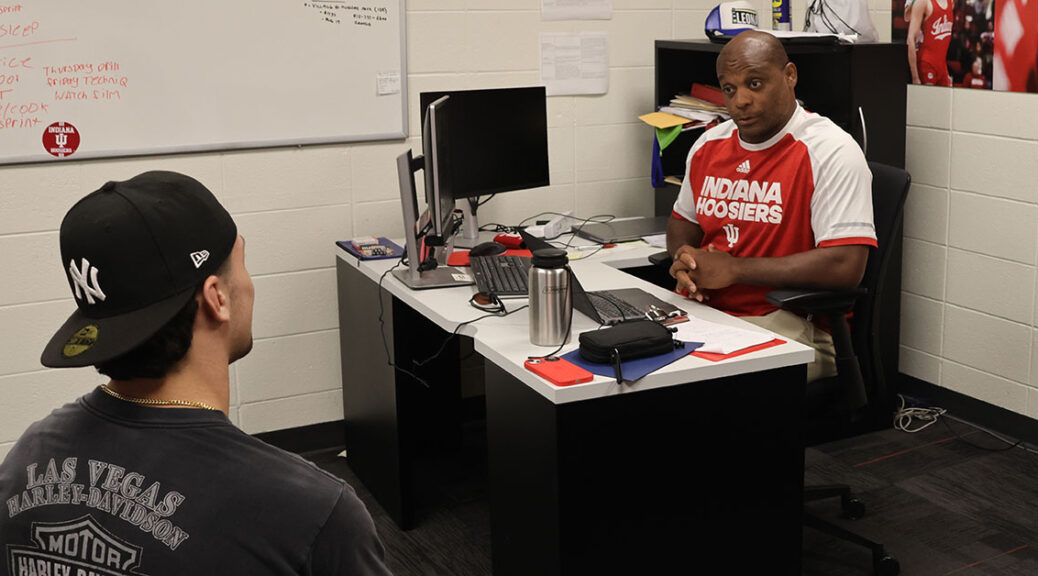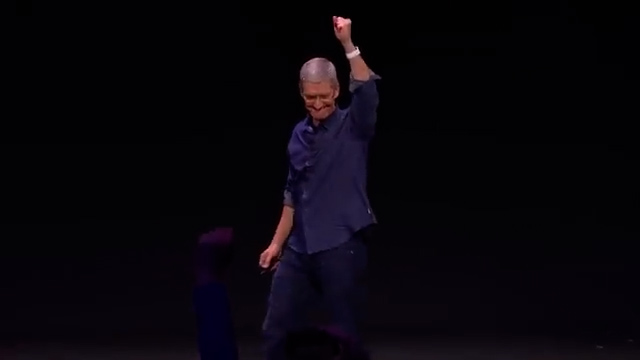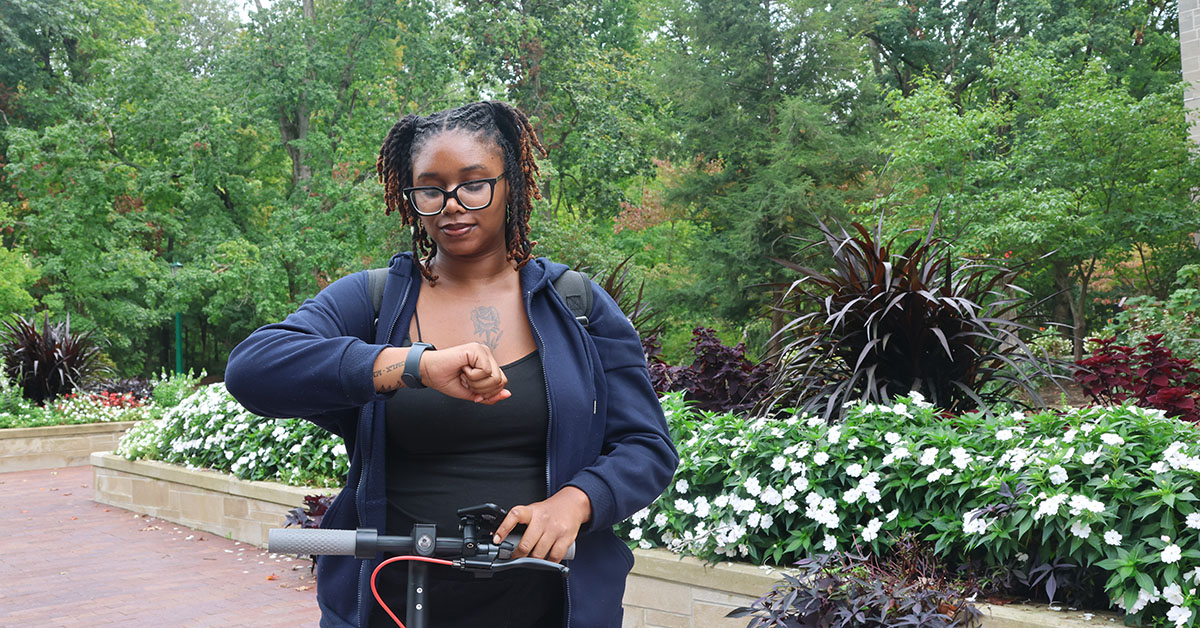NIL could change the way NCAA coaches and athletes view the recruitment process
By Riley Leichliter, Roland Liu, and Brooke Daugherty
BLOOMINGTON, Indiana (November. 4, 2024) –
There’s nothing like performing well within your college sport, hearing everyone cheer and feeling an immense amount of pride in your athletic ability. Athletes like Indiana University Division 1 wrestler Anthony Bahl and American University lacrosse player Deirdre Brown have experienced this firsthand. While athletic skills remain important in college recruiting, a strong social media presence, and marketability are now influencing factors. NIL is tied to fan engagement, many programs have recognized the value of recruiting athletes with the potential to build a school’s brand.
However, Dr. Galen Clavio, director of the National Sports Journalism Center at IU, warns that focusing too heavily on popularity could undermine the core values of athletic competition. “You don’t see professional sports teams signing athletes solely because they are popular on social media,” Clavio noted, emphasizing that recruitment should prioritize athletic skill over online presence.
Anthony Bahl, a wrestler at Indiana University, sees a balance between talent and marketability. “Skill is the most important thing,” Bahl emphasized, “but if an athlete has a strong social media presence, it can bring more attention and fans to the program, which can be valuable. But at the end of the day, skill and hard work should still come first.” These abilities can benefit both athletes and schools. Bahl’s perspective speaks on creating a recruiting environment that favors well-rounded recruits with an athletic and public appeal.
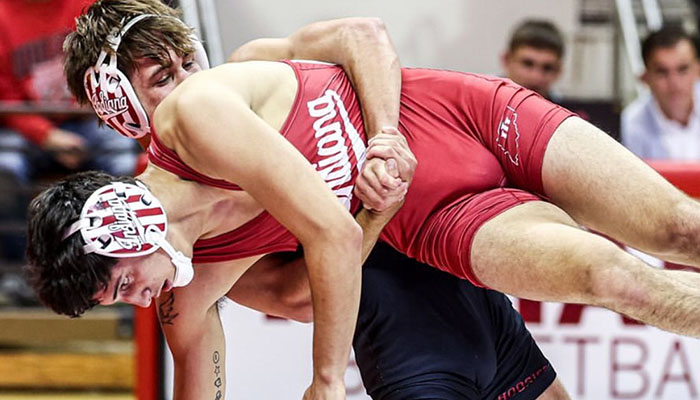
Deirdre Brown, a Division 1 women’s lacrosse player at American University, agrees that while social media can give insight into a recruit’s character, it shouldn’t overshadow athletic scholarships. “I think that while it can be a tool used within recruiting, I do not believe that a decision should be solely made based on someone’s social media presence. At the end of the day, you are there to play a sport and do a job,” Brown said. Clavio’s view echoes Brown’s, in that coaches are now having to navigate the balance between recruiting athletes that have a social media following and those with athletic potential.
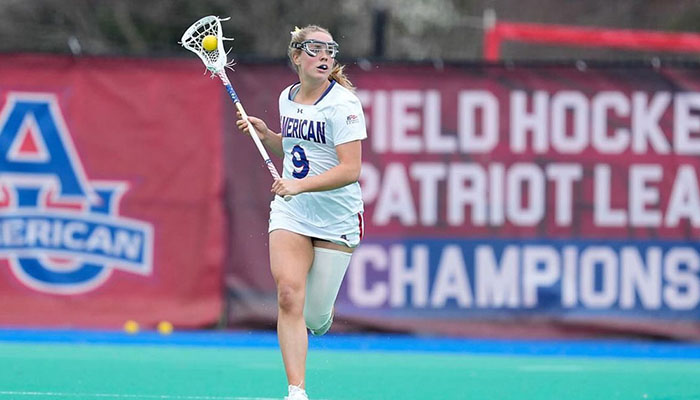
For incoming athletes, the ability to earn money from NIL deals can play a huge role in deciding where to pursue college sports. While many still prioritize the strength of the athletic program and quality of coaching, NIL considerations have introduced new criteria. Bahl remembers that when he was looking at schools, NIL opportunities factored into his decision-making. “NIL was definitely something I thought about. It’s a big chance to earn money from a brand, so I wanted to choose a school that would support that,” he said.
Both athletes acknowledged the appeal of going to a school with a team as well as a social media presence. Bahl talked about IU’s fan base and popular sports culture as factors that influenced his decision. “The school’s popularity and strong fan support make it a great place to compete,” he said. Brown, too, was drawn to American University’s active engagement on Instagram, where content allowed her to see the team’s character and unity. “AUWLAX at the time had a large following, and they consistently posted videos of the team,” she said. “It allowed me to see inside the personality of the team.”
Both athletes compared their busy schedules to full-time jobs. With practices, games/meets, classes, and studying the time commitment can easily exceed 40 hours per week. Although NIL earnings and scholarships provide financial support, they both stressed the importance of rewards like personal growth, being a part of a team, and skill development.
Bahl expressed that, while scholarship and NIL money are helpful, “the real reward is in the experience and everything I learn along the way.” Brown echoed this highlighting the life lessons and values developed through balancing academics and athletics. “The reward is my education and personality development,” she said. For these athletes, NIL is a meaningful addition to their sports journey, yet it does not overshadow the significance of their educational and personal achievements.
Dr. Clavio has a more cautious view of NIL’s future, warning that programs could be at risk of prioritizing money over athletic tradition. “The NCAA, for a variety of reasons, has been desperately trying to fight against external parties… like being able to make direct payments to athletes,” he explained. He suggests that NIL could challenge the NCAA’s sports model, and change collegiate athletics. “With this, we could see a lot of college athletic programs revert back down to what some would consider club status,” Clavio said.
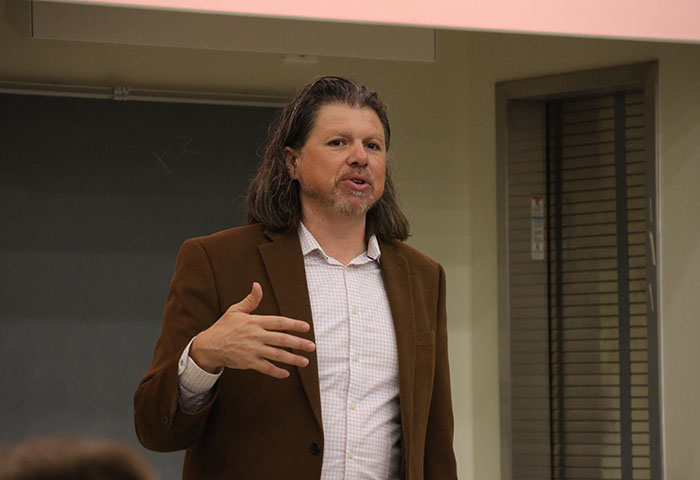
For less prominent sports, however, Brown sees less impact of a NIL impact on recruiting. She thinks that sports like football and basketball will leverage the NIL heavily, potentially recruiting athletes with high social media status to boost funding. “To some teams, it may be to their benefit to recruit a higher-status player, in order to bring in more fans, attendance, and money to the team,” she says. But, for smaller sports, Brown expects the recruiting process to remain relatively unaffected, with coaches continuing to focus on athletic skills and team fit over marketability.
The NIL policy has changed the NCAA sports world, reshaping recruiting and athlete choices. In this new era, athletes like Bahl and Brown are witnessing how opportunities to profit from their name, image, and likeness are influencing both their personal decisions and broader institutional approaches. Indiana University, like many others, is adapting to these changes, preparing athletes to not only excel in their sports but also to manage their brands and navigate NIL. As the policy evolves, so too will the roles and expectations of student-athletes where athletic talent, personal branding, and financial opportunity will cross paths.
On Friday Oct. 18. on Kirkwood Avenue, various students and visitors were intreviewed about their thoughts on the potential impact NIL could have on recruitment. Overall, those interviewed believed that athletes should be judged based on skill over marketability when it comes to recruitment.
###



